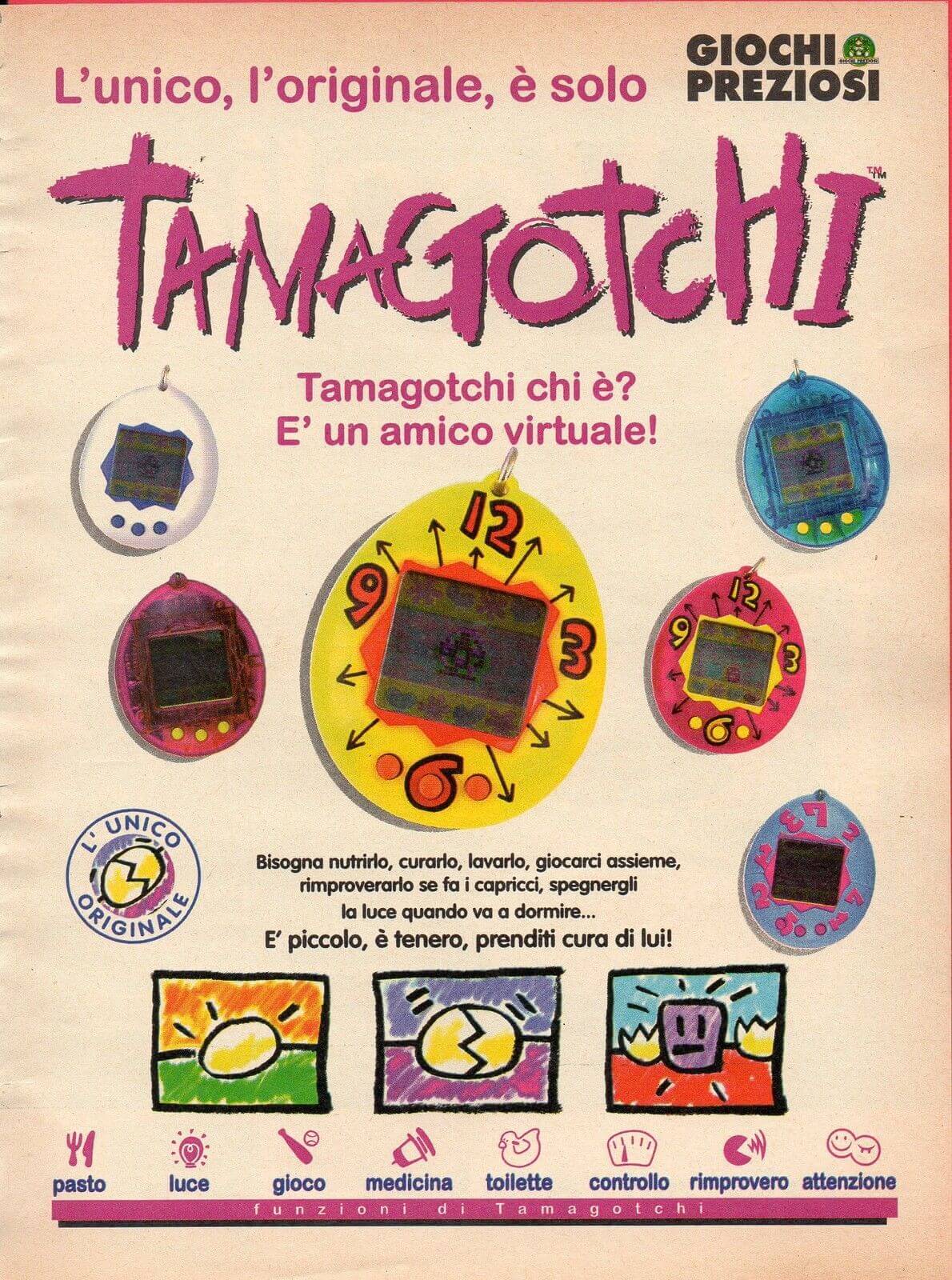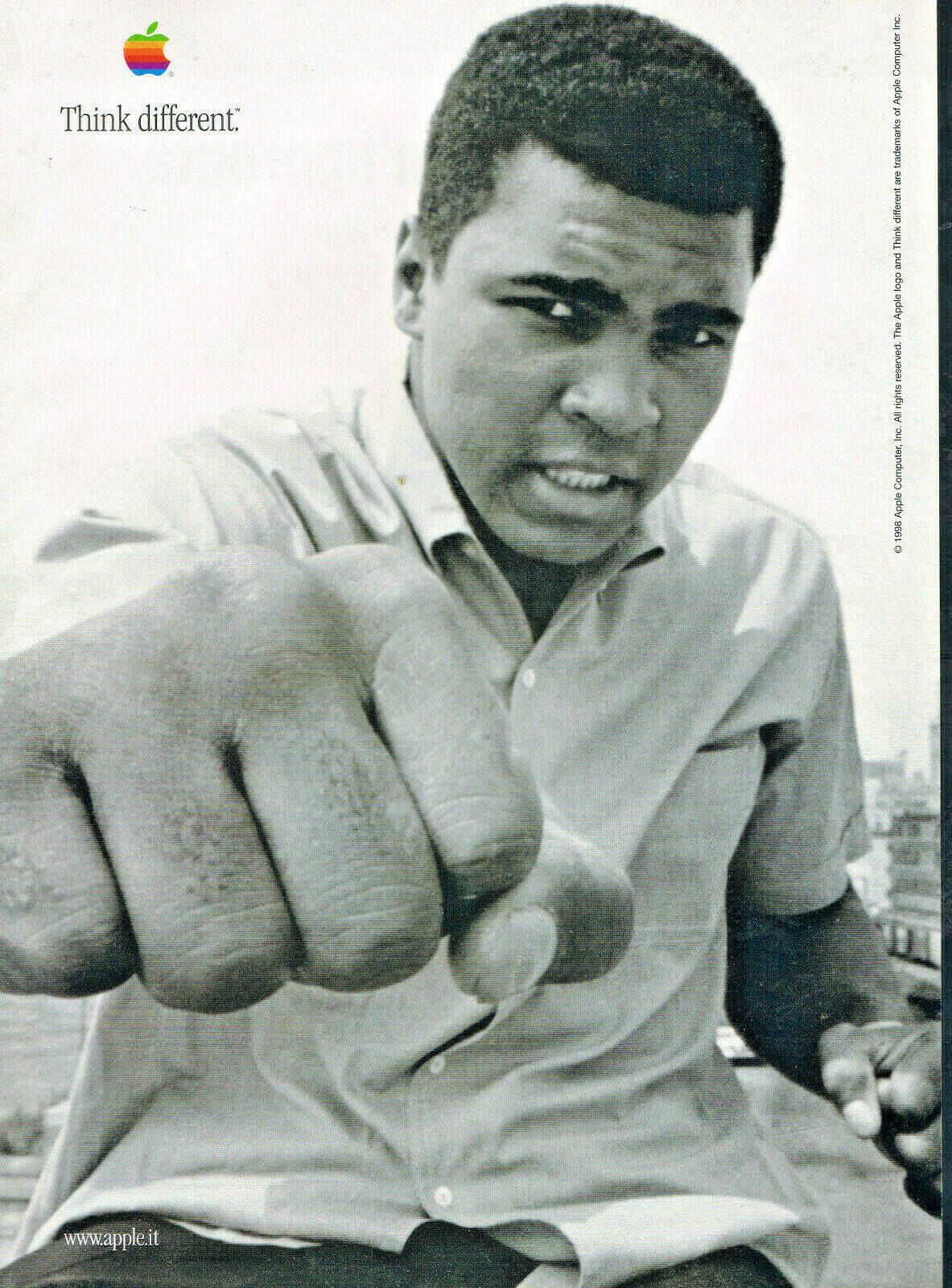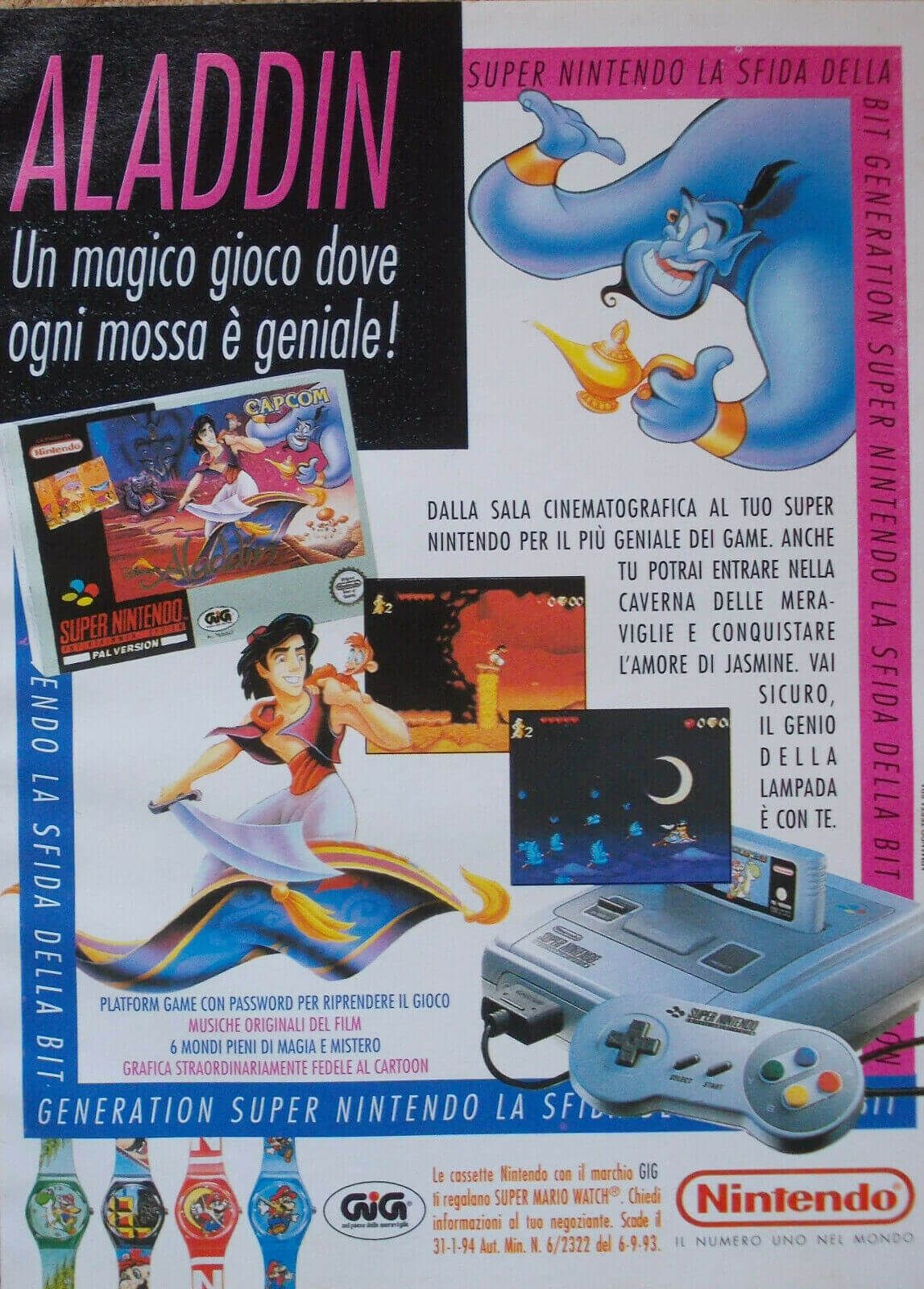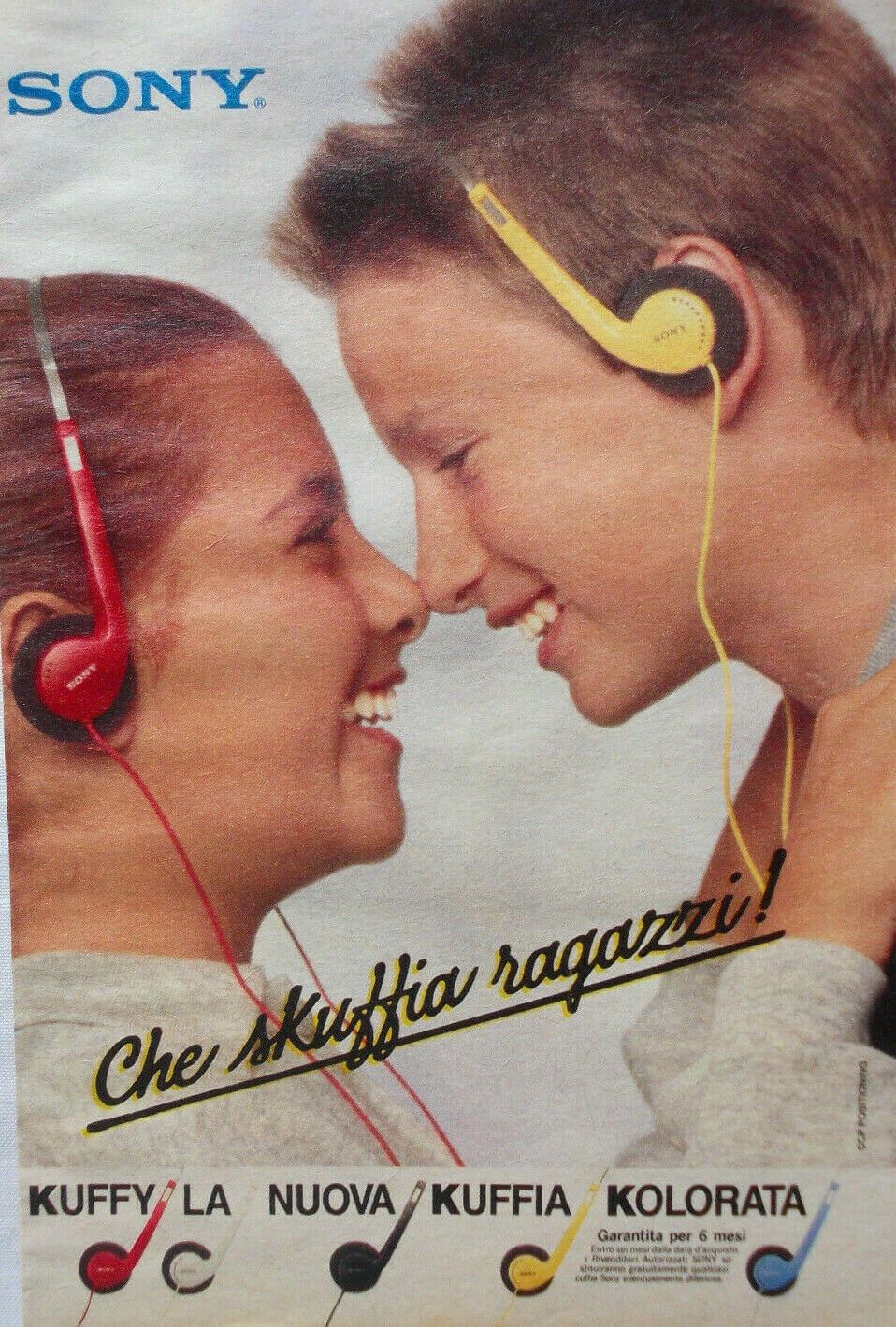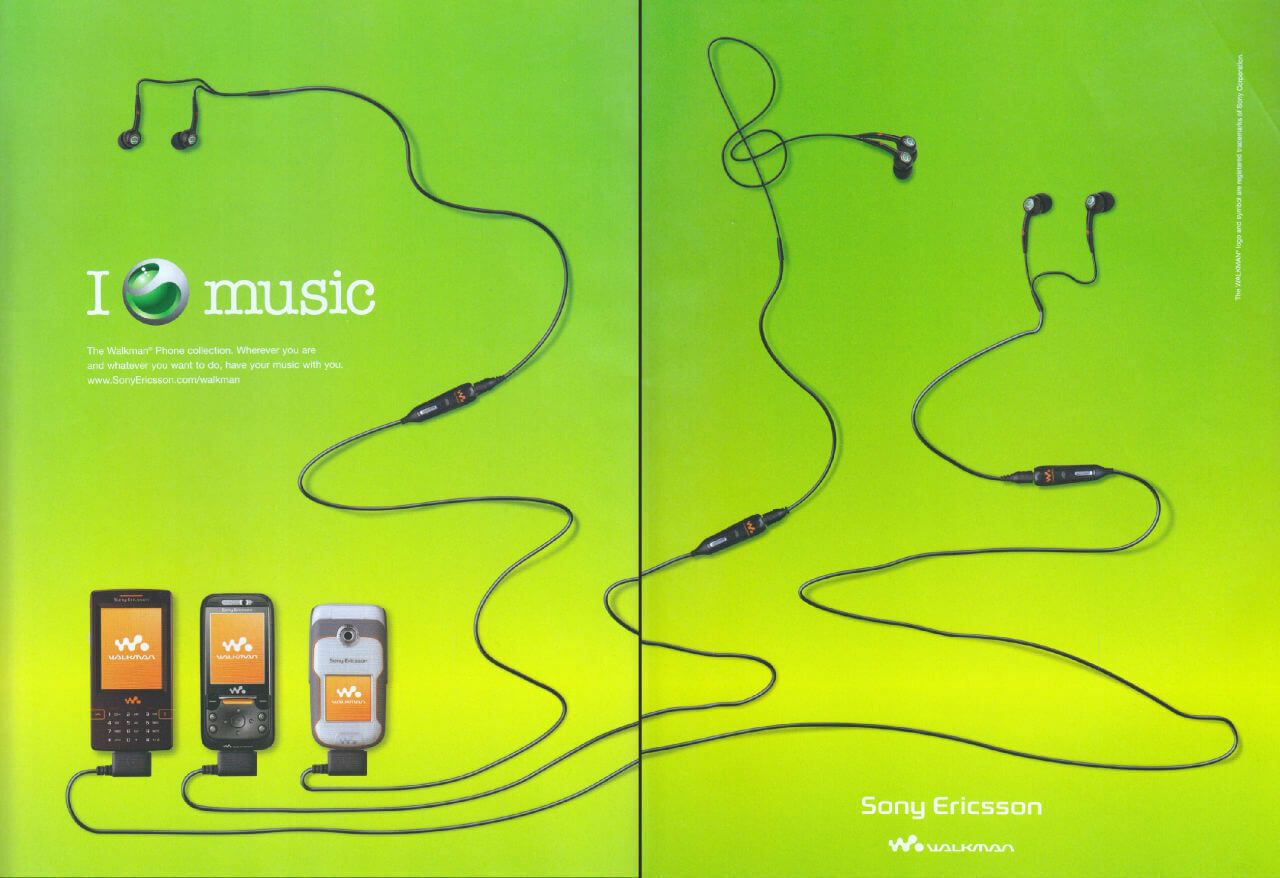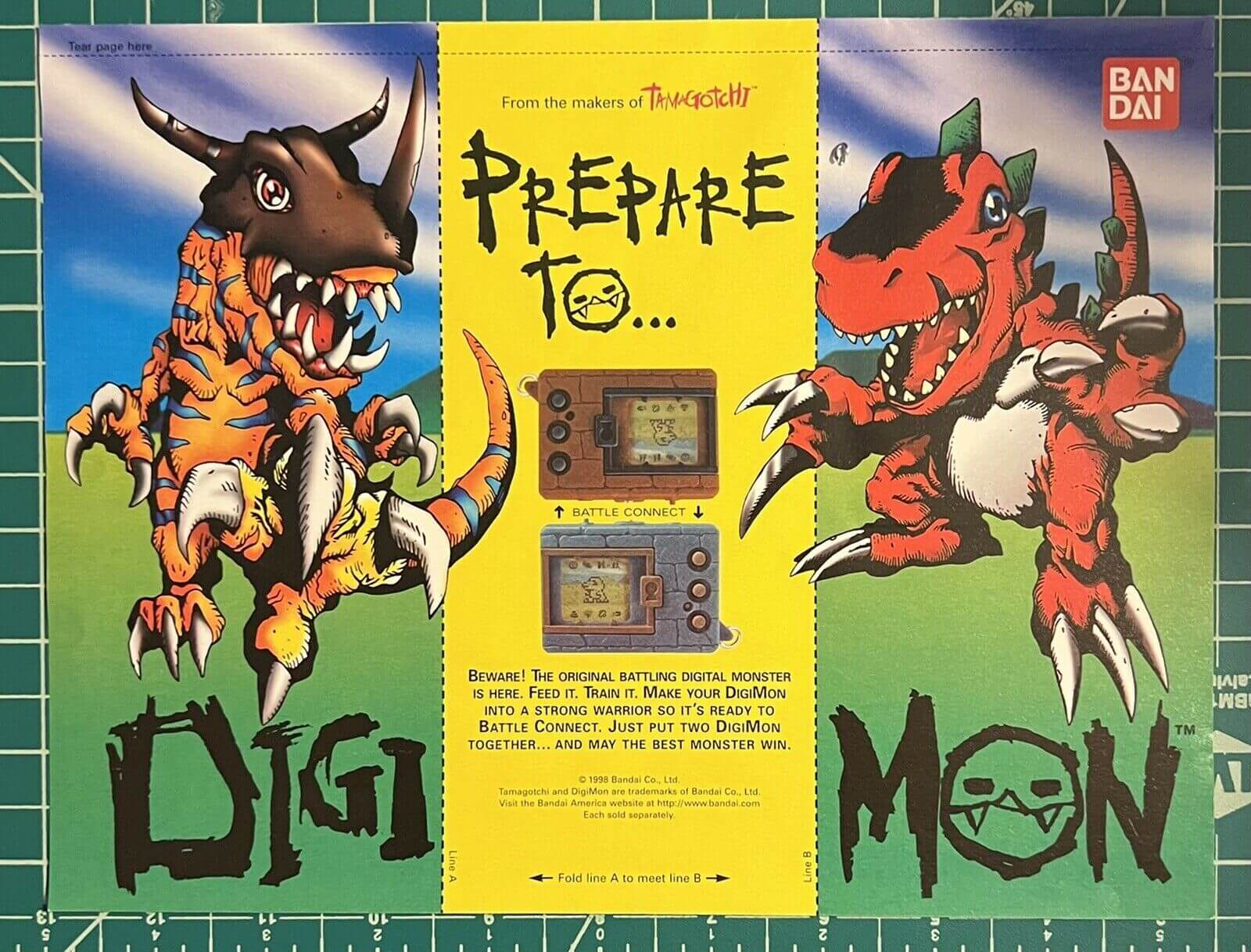
A$AP Rocky likes Tamagotchis too Analog technology is the best technology
While performing during the Chilean edition of Lollapalooza, a few days ago, A$AP Rocky appeared on stage in a black t-shirt and a pair of jeans matched with a skirt. But it was the curious jewel that decorated his neck to attract general attention: a beaded necklace whose pendant was an old Tamagotchi device. The reference was particularly nostalgic-after all, Tamagotchi, originally invented by Japanese Nobel laureates Aki Maita and Akihiro Yokoi in 1996, was the epitome of technological and cultural sophistication if you were an under-14-year-old at the turn of the 1990s and early 2000s. The game was the first "life simulator" to hit the mass market, a digital animal that could eat, sleep, and most importantly die like a real animal. The Tamagotchi of the writer of this piece, for example, died about two weeks after Christmas in the early 2000s causing immense grief. Anyway, the advent of the Game Boy already swept the Tamagotchi out of pop culture, but for over a decade those toys were the most recognizable objects ever - and the fact that today, almost twenty years after their global success, A$AP Rocky has transformed that toy that used to hang from backpacks or belts into a kind of curious jewel says a lot about the way we perceive the technology of the past.
The appearance of a Tamagotchi toy around A$AP Rocky's neck is actually not an isolated case but part of a general fascination that the collective imagination of the web has begun to cultivate towards the technology of the early 2000s. Yesterday, @liljupiterr shared a snapshot of a Blackberry phone presumably sold in a junk store accompanied by a label that said "Circa 1980s? Vintage Phone Charger" while the @wireditgirls account publishes daily shots of various celebrities still intent on using wired earphones including the Olsen twins, Bella Hadid and Zoe Kravitz, to name a few. The return of analogue is not just a fashion trend but translates, especially in the music field, in solid economic terms: in 2021, as reported by The Verge, CD-ROM sales in the United States rose for the first time since 1996 with a global revenue of $584.2 million annually. In contrast, according to Yahoo! Finance, sales of analog devices rose 4.8 percent with an annual growth rate of 22.4 percent, outpacing the stock growth of the rest of the tech sector, which expanded 21.8 percent.
In general, the entire Internet sphere has been overwhelmed by a wave of nostalgia for pre-social media technology, that is, the technology of that era that still knew how to marvel at new devices, but still used them in an analog way, charging them with batteries instead of a power bank or wireless chargers, swapping Pokèmon by connecting two GameBoy with a cable, surfing the Internet with colored iMacs and listening to music with walkmans first, then CD players and, finally, with iPods. Why, you might ask, all this nostalgia? The simplest answer is that back then technology wasn't scary: cell phones didn't seem to listen to our conversations and Google didn't repropose online targeted advertisements, no one took pictures of their food at the restaurant, the sneaky psychological aggression of influencer marketing didn't exist, music was only that proposed by MTV and Top of the Pops and everyone lived in a world without filters, social media and so on.
Of course, these were not perfect times. A type of conflict between aesthetics, public sentiment and political ideologies that on the fashion front became more apparent, with many commentators wondering if the return of the Y2K style didn't also mean the return of a time when standards of physical beauty were extremely more restrictive. Back then, there was the war in the former Yugoslavia that dragged on for an entire decade; homophobia, sexism, and racism were rampant; if you'd never been to Milan, sushi was an exotic, almost mythological food; fashion was headquartered in the pages of print magazines; Disney still made gorgeous cartoons and not soulless remakes; Chris Evans played the Human Torch and not Captain America; you had to wait a week for a new episode of your TV show, consult TV guides bought at newsstands and endure three or four commercial breaks, even surfing the Internet and Googling were slow and tedious operations - yet they were exciting because they gave the feeling of looking into the future. Technology was familiar and domestic, it hadn't yet eaten into physical reality - the metaverse existed only in cyberpunk science fiction books that could only be dug up in small bookstores.
Today everything is more normal and therefore more boring and yet the culture of those years has been transformed into a series of objects to wear, decorations and accessories that remind us of better times but implicitly remind us that those times are now out of reach. The very abundance of reflection, brooding and cultural analysis by the press on why that era fascinates us so much demonstrates its remoteness. As a famous Italian poet put it, «any anatomy presupposes a corpse» - and if, therefore, we find ourselves dissecting our feelings for those years, it means that they are now remote, completely alien to us. Today's, then, is the museification of an era that, strangely enough, is not too far away for many and yet seems like another world - much more problematic, but also much simpler.











































